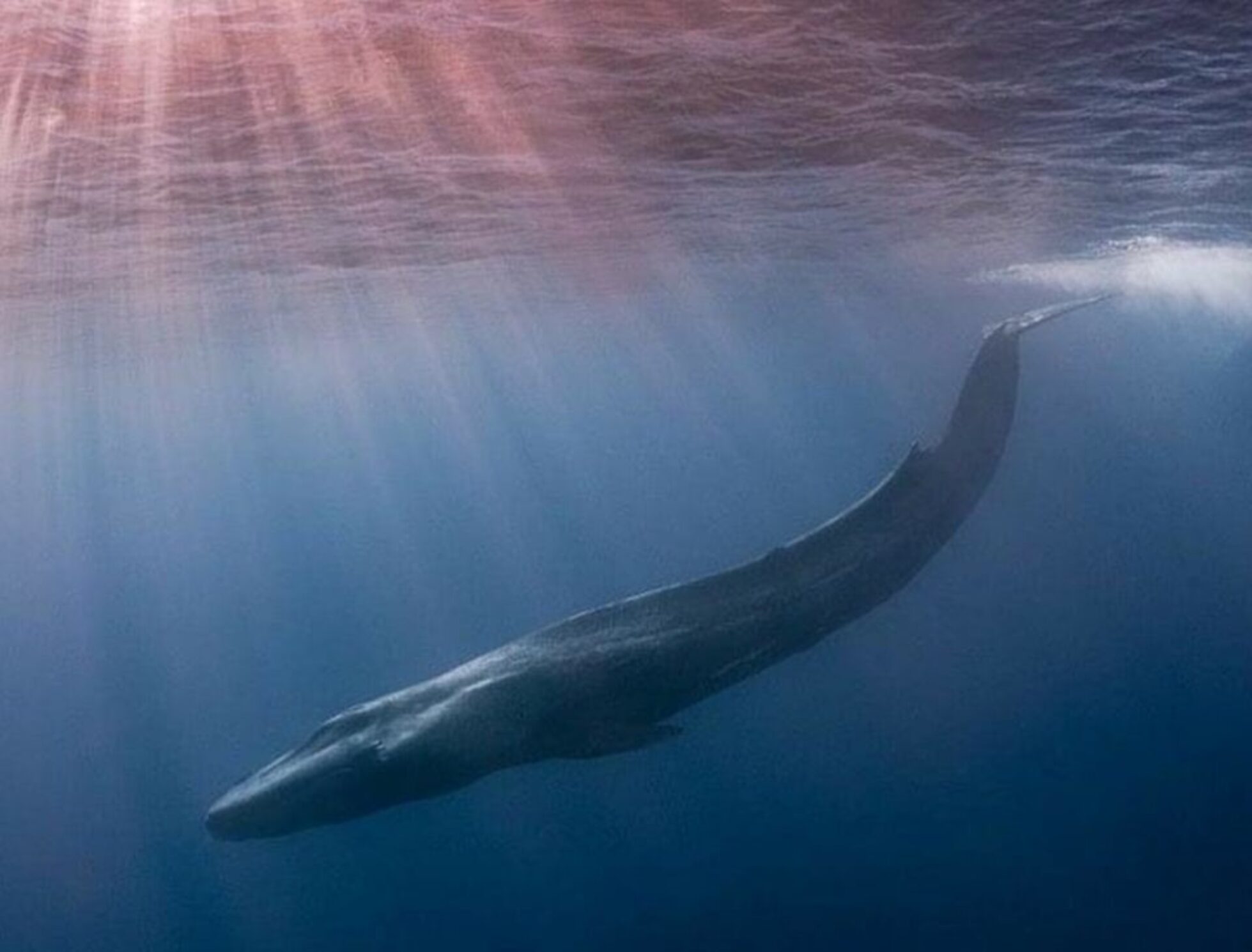A team of researchers ofUniversity of Pisa discovered the remains of the Perucetus colossuss, the heaviest animal in the world: a whale that lived along the southern coast of Peru that could have weighed some 340 tons in life.
The discovery of the remains of the Perucetus colossuss
Il Perucetus colossus, discovered by a international team coordinated by paleontologists from the University of Pisa, would be thebigger animal and heavy ever existed on the face of the earth.
It is a cetacean, considered an ancestor of whale and dolphins, measuring about 20 meters and with very heavy bones. The fossilized remains of the specimen were found at the Ica desert, lalong the southern coast of Peru; it is only 13 vertebrae that were enough to be able to measure the record-breaking titanic tonnage. It is thought that he was considered a sea monster. It would date back to 40 million years ago: therefore lived in the epoch called Eocene, when the ancestors of today's cetaceans were abandoning the terrestrial lifestyle in favor of the marine one. It disappeared with the advent of the whales.
The recovered bones are located at the Natural History Museum of Lima.
The discovery, just published in Nature, gives us invaluable historical, geological and evolutionary information.

The Italian researchers of the Perucetus colossuss
The group of Italian researchers, some from the University of Pisa, was joined by other researchers of the Universities of Milano-Bicocca and Camerino; this collaboration has made a fundamental contribution to this historic discovery of the Perucetus Colossus. The scientists the authors of the research are the paleontologists of the Department of Earth Sciences of the University of Pisa: professor John Bianucci, first author and research coordinator, the Ph.D Mark Merella and the researcher Alberto Collareta, supported by Peruvian researchers and of various European nationalities.
The study will continue in the years to come, also thanks to a new ministerial funding (PRIN) coordinated by the University of Pisa.
The characteristics of the Perucetus
The specimen, a 340-ton basilosaurid, had a tiny head connected to a gigantic, bloated body. Its body is 20 meters long and it was quite squat. The team unearthed 13 vertebrae, four ribs and part of a hip, an ilium. These vertebrae are almost the size of a beer keg or something. Furthermore, the fossil of the vertebra looked like a rock. All bones of Perucetus, in fact, they are made up of bone with a dense and compact structure.
The genus name Perucetus is dedicated precisely to the country in which it was found (Cetus sta for cetacean in Latin), while Colossus it's clearly an homage to size.
A very precious discovery that gives us a lot of news about the past.
Cover photo: Illustration of Perucetus colossuss. Credit: Alberto Gennari





